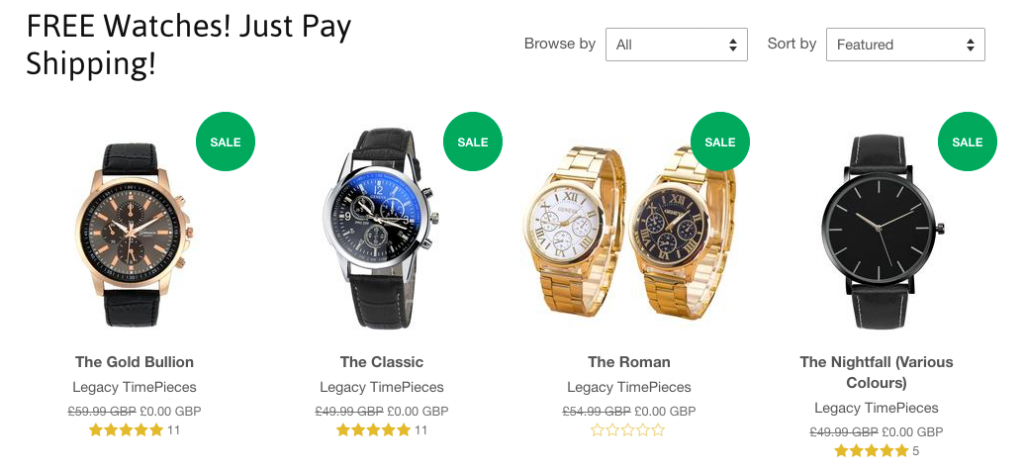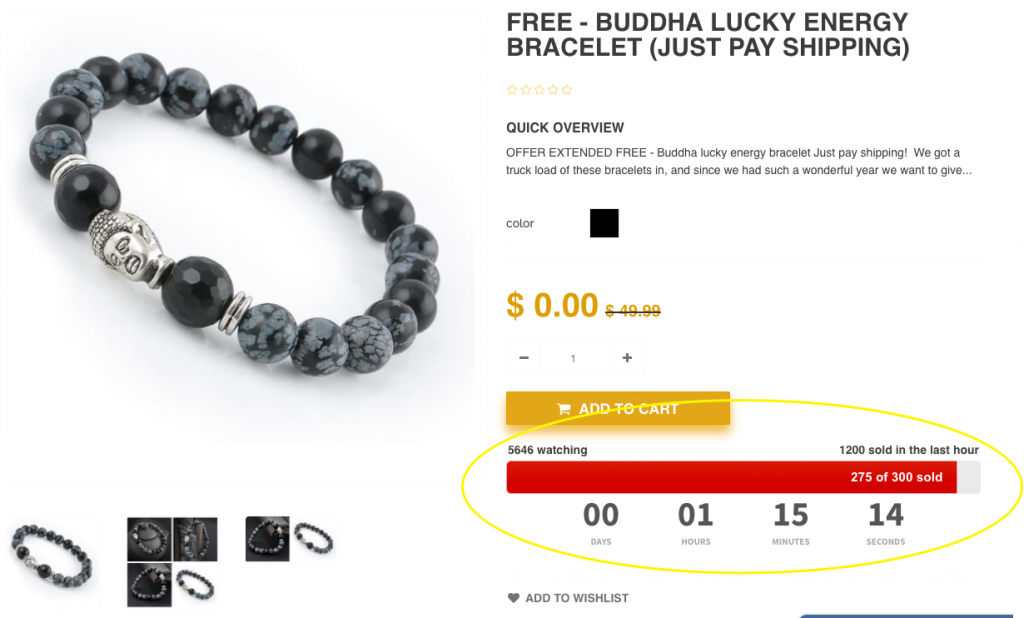The other day I found out that the NME is now a free magazine. I was listening to a podcast featuring a former NME employee, who was very saddened by this. What was once a good magazine full of great articles about music, is now a free magazine full of adverts.
But that’s the world we live in, right?
There are a load of ‘free’ music and video streaming services in which you can have the content for free, in exchange for watching a few adverts. Same with mobile games & apps.
The tech world has evolved to the point where there’s a generation now expect a lot of stuff for free. I’ll admit, my generation (a 30-something) played a part in this expectation by downloading MP3s from Napster etc. HMV, Blockbuster and several other major outlets took the brunt of not evolving with the times, in accordance to the way a new audience expects things.
We expect a lot for ‘free’ nowadays, like social media and YouTube etc… Think about sites like Facebook. People talk about Facebook like it’s a human right to have it, it’s not, it’s a business. You’re not using a free platform, you’re a customer. The notion of ‘free’ is wrong. We, as the end user, are a sellable commodity.
So, how does this relate to e-commerce?
Well, this ‘supposedly free’ notion made me think of the latest trend on I’ve spotted on Facebook. The just-pay-shipping ‘free’ item. If you’ve not seen this, a company will say they’ve got ‘too much stock’ or are making a ‘once in a lifetime offer’ etc for a totally free product, the end user just pays shipping.
There are three areas to look at here: What’s in it for the company giving the item away, what’s in it for the end consumer and what does this mean for you guys running e-commerce stores? I’m going to bundle the first two areas together, as the answer to one pretty much answers the other.
The Company ‘Selling’ Free Stuff
It’s mad, surely? What can possibly be to gain from giving stuff away? Well, if you’ve not worked out so far…. It’s largely a scam. Firstly, the product you’re buying (and that’s if you ever even receive anything) probably isn’t worth as much as it’s made out to. The item, whether it be a watch, or jewellery or a t-shirt is probably made in China for pennies. You’re then paying inflated shipping costs (usually around £9.99 or more) for an item not worth that.
However, that’s not where the money is being made. At that point, they have your e-mail and I guarantee no one reads the terms and conditions. Not only do they have your e-mail, they have your ‘permission’ to use it. Whether it be to email you more items to buy, or worse, to sell your e-mail and buying habits to potentially hundreds of other companies. Not all of those companies will be reputable, that list may also be getting sold to hackers, or those with nefarious intentions.
Not only that, most of these websites are short-lived sites, who don’t actually hold the stock themselves. They will send the order on to a Chinese factory, who then also have your details/address, and who knows who they will then sell your information onto for more money.
It’s not all doom and gloom though, the idea of giving an item away isn’t new, and it’s not always a big scam. There are reputable retailers who give away a loss leader in order for their more expensive products to be seen.
If you’re a buyer, then look out for Google Trusted Stores etc. If you’re not sure, look elsewhere. There’s plenty of good deals to be had online, not much good will come from giving your data away for free. What’s it worth for you to get an item for (possibly) a bit cheaper? Hounded by spam email, being hacked?
So what does this mean for people running e-commerce stores?
Well, it’s slightly frustrating, as these kind of sites and potential bad experiences can really put people off of shopping online. Also, as I mentioned at the start of the blog, we all like to find a bargain. If your site is selling a nice piece of jewellery for £35, and someone is selling a similar looking piece for ‘free’ on Facebook, a lot of people will go for the ‘free’ piece. They might later regret it, but hey… it’s happened.
The opportunity for you guys is in that ‘later regret’. For years now I have been telling my clients that building a level of trust is vitally important when selling online.
It’s essential that your store portrays trust. Spam sites do their absolute best to make it look like they are trustworthy, but it’s not difficult to see through the gaps.
Reviews. You saw in the image above that some of those ‘free’ watches had some nice review scores, well, let’s take a closer look at those ‘reviews’.
They are not real. It’s as simple as that. Anyone can put a fake review on a site, they’re easy to spot. This is why your site needs a review service like Feefo, giving independent verified customer reviews. Seriously, never fake reviews. Have a look at this other article I wrote about fake reviews.
The other thing that spam sites do is to try and panic you into an order. You may see hotel websites doing this as well, and it’s a real annoyance of mine. “Book quick, only 2 rooms available at this price!” and then you turn up and the hotel is empty… it’s a really simple technique to push you into panic ordering. However, it’s not a very trustworthy way to sell:
OH NO! THERE’s 5646 PEOPLE WATCHING THIS, WITH 1200 SOLD IN THE LAST HOUR AND ONLY 25 LEFT!
Also…. $49.99 original price, that’s quite a bracelet.
These techniques, in this humble writer’s opinion, don’t work. Maybe it’s just me, but I think the modern internet shopper is a little more savvy. Ok, so some will be falling for it, otherwise these site’s wouldn’t exist, but your role is to be the alternative. The safe alternative. The trusted alternative. Those that buy the ‘free’ item and get burned will learn and later come looking for trusted outlets.
So how do you make your site trustworthy? Here’s my top 11 tips for a trustworthy ecommerce site.
A good domain name
If you sell Pots and Pans, for example, a domain name like “CheapPans.com” might undervalue your product.
Be personal and be helpful
Make yourself available to your customers: Supply a phone number or email address for them to contact you on. One thing a spam site tries to do is just sell sell sell. By supplying information and helpful user guides you become more trustworthy and more friendly. Blogs and articles are great for this and also help your SEO.
Verify your business – show off your locality!
Show off who you are, talk about your history and your staff. Photos of your offices/bricks and mortar store/warehouse etc help to humanise your business. Make sure you show where you are and don’t be anonymous, like the spam sites always are.
Spam sites ship from Asian countries and these deliveries are liable for import taxes. If someone gets caught out, their ‘free’ watch could cost them a lot more – sell yourself on your locality!
Have an SSL certificate
Having an SSL helps to show the end user that the domain is safe and that their information is safe.
Display your policies
Show your end users your delivery policies, along with guarantees, warranties and return policies etc. Most of the spammy type sites are shipping from China and have delivery policies from 7 – 60 working days. Yes, 2 months shipping, and they also don’t offer tracked shipping, so there’s always a risk. You can do better than that, and it’s worth telling your potential customers!
Have reviews
Make sure your site uses a good review provider that has verified customer reviews.
Display trust seals
Become a Google verified store, show off your review ratings and any other accreditation you have. Don’t just save a low-res verification off of Google Images and use that, though.
Be thoughtful of design
If your site looks spammy/scammy then it’s going to turn people off. You may not know how to recognise that yourself, so let professionals review it and if needed, invest in good web design. It will not only help your site be trustworthy but also help conversion rates in general.
Be social
Use your social media platforms to communicate with your customer base. It builds trust, helps your brand and establishes a community.
Be quick
Make sure your platform can handle the traffic, and responds in good time. Slow pagespeed frustrate your end-user and can appear as less serious. This is your business, invest to make sure it’s optimised to be as good as it can be.
Check the platform
This one is can be a little harder, but sometimes checking the platforms last updated date can build confidence that the site owners are investing into their site. You can check this through chrome extensions like BuiltWith. You can even find out which platform they are using like WooCommerce, Shopify and Magento – although the latter doesn’t really matter.
One last point… you may have found some of the “just pay shipping” sites and you may have noticed that they themselves do a few of these things above. Well, most of those sites are run on Shopify and most are quite short lived. None of them have personal information about the store owner (names/offices etc) on their ‘about us’ sections, rarely do you even get an address. When you do, it’s almost certainly fake or a PO Box. The more you can do from the list above, the better your site will look, feel, work and convert.





